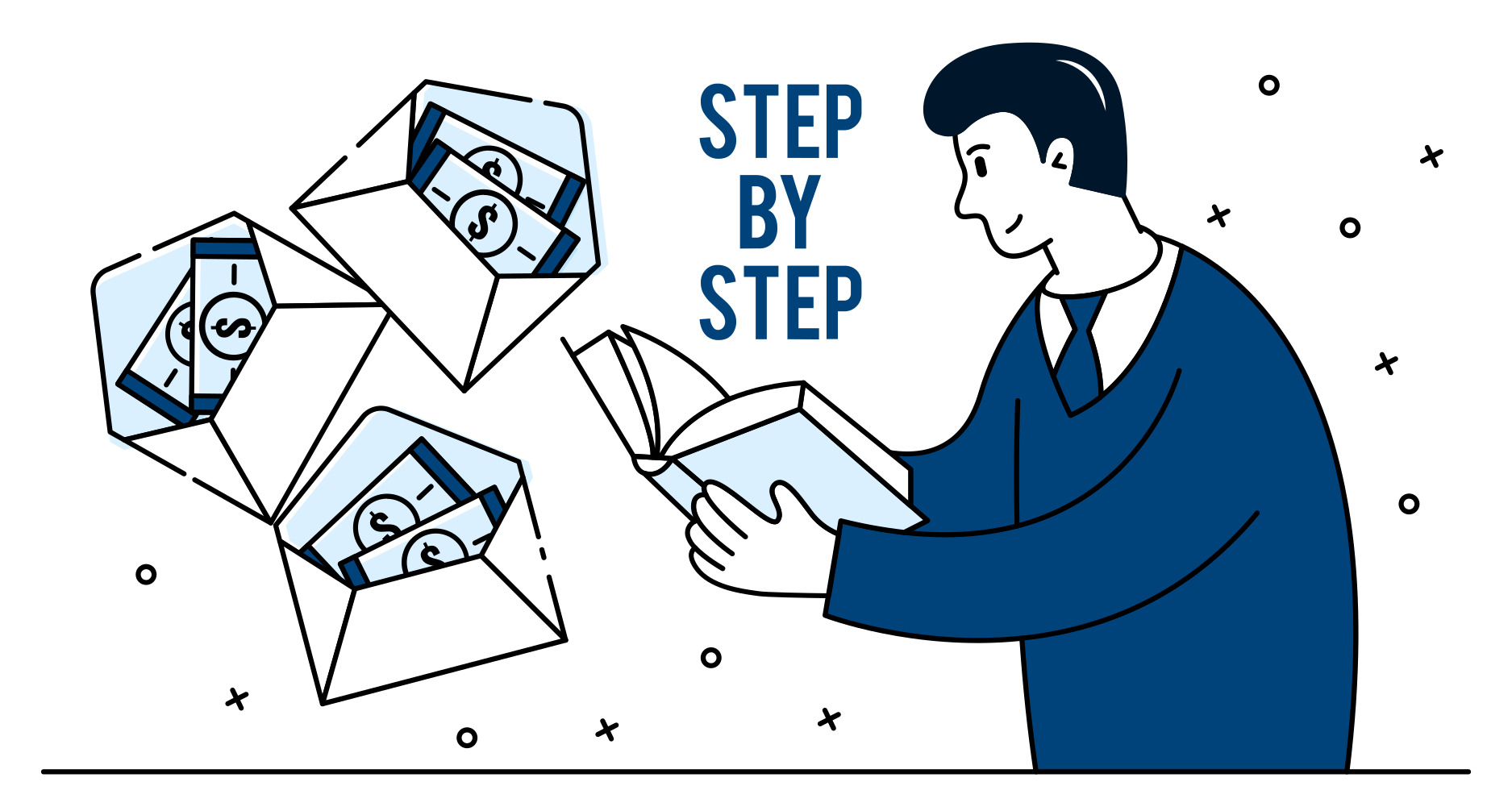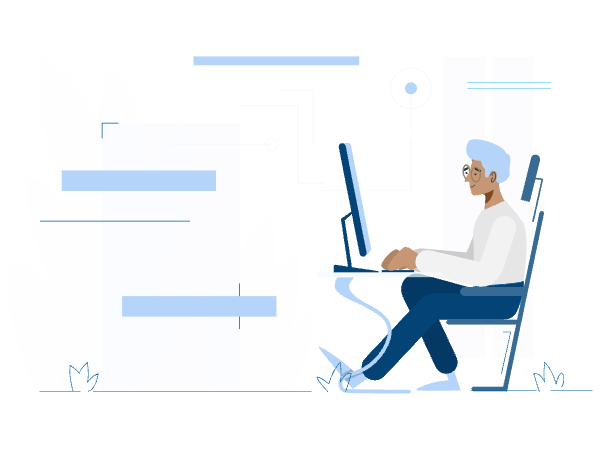I can’t run without headphones. There’s something about listening to music while going out for a jog that I find relaxing. And so, when my headphones broke, I drove to the store and picked up a new set.
I usually pay by card, but this time I had $50 in my wallet. Handing over 2/3 of the cash I had to pay for some headphones was physically painful. It felt way more real than just swiping a card.
It turns out I’m not alone. Professor Shah published a study in the Journal of Consumer Research which found that “card and digital payments seem less real than cash” and can lead to buying more things in the first place.
Similarly, researchers at Carnegie Mellon found that “Credit cards effectively anesthetize the pain of paying.” He explains how swiping credit cards don’t feel like you’re giving anything up to make a purchase, unlike cash, where you must physically hand over bills from your wallet.
That brings us to our main topic of discussion: The envelope system of cash budgeting. It’s a simple technique that helps you keep track of your finances and keep your spending in check. We take you through a step-by-step guide for getting started with the envelope system of budgeting cash and explain why you should strongly consider it.
Envelope Budgeting System: How It Works
The envelope system works by allocating your income into distinct spending categories, like mortgage payments, utility bills, groceries, and so on. Review your past expenses to get a good idea of how much you need for each category. Once you’ve decided on a reasonable spending limit, withdraw the cash you need and place it into envelopes for each of the categories you’ve created. The goal here is to prevent you from overspending, so make sure you only spend what you have set aside in each envelope.
Even if you don’t use cash, you can still follow the same principles by using budgeting apps. You can even create a separate card for each spending category and add various alerts to help keep your spending in check.
The great thing about this budgeting strategy is it gives you so much more insight and control into your spending and forces you to stay within the limits you’ve set yourself. We take you through a step-by-step guide in getting started with the envelope system for budgeting your cash.
Step 1. Review your current spending patterns.
First, review your current expenses and figure out exactly where your money is going. You could either print your bank statements or use a budgeting app to help analyze your transactions. Either way, the critical point here is to figure out how much you’re spending each month before we begin categorizing and establishing limits.
Step 2. Categorize and Limit Your Spending
If you’re downloading your bank statements online, go through each transaction and assign them a category.
If you’re using a budgeting app, your transactions can be automatically downloaded and categorized. However, you should probably manually review them to make sure there aren’t any mistakes.
Find out how much cash you’ll for each category, and also determine the payment method. You can’t pay for everything with cash, though. Things like mortgages payments, card payments, credit card bills, insurance, utilities, or more could be paid online or set automatically.
I’ve included an example of what your budget may look like if you make $4,500 per month:
- Food: $800 per month
- Utilities: $350
- Mortgage Bill: $1,000 per month
- Insurance: $250 per month
- Car Payments: $250 per month
- Credit Cards: $200 per month
- Eating Out: $150 per month
- Entertainment: $200 per month
- Home Supplies: $100
- Clothing: $80 per month
- Miscellaneous: $400 per month
- Savings: $670 per month
Step 3: Figure out how much cash you’ll need to withdraw
Once you’ve categorized your expenses, the next step would be to figure out exactly how much money you’ll need to withdraw. Using cash to pay for everything would be extremely time-consuming and tedious, especially when service providers offer such convenient repayment methods.
Based on the example in step 2, here’s a list of the payments you’ll probably pay online or automatically:
- Mortgage: $1,000 per month
- Utilities: $350 per month
- Insurance: $250 per month
- Credit Cards: $200 per month
- Car Payments: $250 per month
- Savings: $670 per month
Total: $2,720
You could then pay the rest of your bills using cash by withdrawing the remaining $1,780:
- Food: $800 per month
- Eating Out: $150 per month
- Clothing: $80 per month
- Miscellaneous: $400 per month
- Home Supplies: $100 per month
Step 4. Fill and Spend Cash from the Envelopes
You’ve allocated a budget for each category and determined how much physical cash you’ll need. Your next step is to withdraw the money and fill your envelopes. Be mindful of the amount you have in each envelope and do your best to make it last. If you run out of cash in one of your envelopes, things can get messy because you can’t use any more cash in that category. You can’t take money from your groceries envelope to use on a fun day out on the weekend.
Step 5. Make Changes If Needed and Repeat
Getting it right the first time can be challenging. Your expenses may vary month to month, so make small changes to your budget if needed. Over time, you’ll get a better handle on your costs, and you should be able to cope without running out of money before the month’s end. Either way, there are pros and cons to using this strategy.
Pros and Cons of the Envelope Budgeting System
Pros
- Hard to plan for unexpected expenses, so you may face situations where you run out of money in specific categories a lot quicker than expected.
- It forces you to evaluate your spending patterns.
- It makes saving money a lot easier because you have clear categories and spending limits.
Cons
- It can be hard to pay all your bills with cash in an increasingly cashless society instead of swiping cards or entering in your debit card details online.
- Carrying physical envelopes of cash around can get annoying unless you use an online budgeting app to help you out.
- Sharing envelopes with partners can be difficult.
- You may end up running out of money in specific categories and forced to make sacrifices if you choose to continue following the budgeting.
Don’t Like cash? Use Software Instead
There are many downsides to using physical cash in this day and age, so you should use budgeting apps to help you out if you prefer a more digital approach. If you’re not a fan of budgeting and run into a financial emergency, Stately Credit is always here to help.



